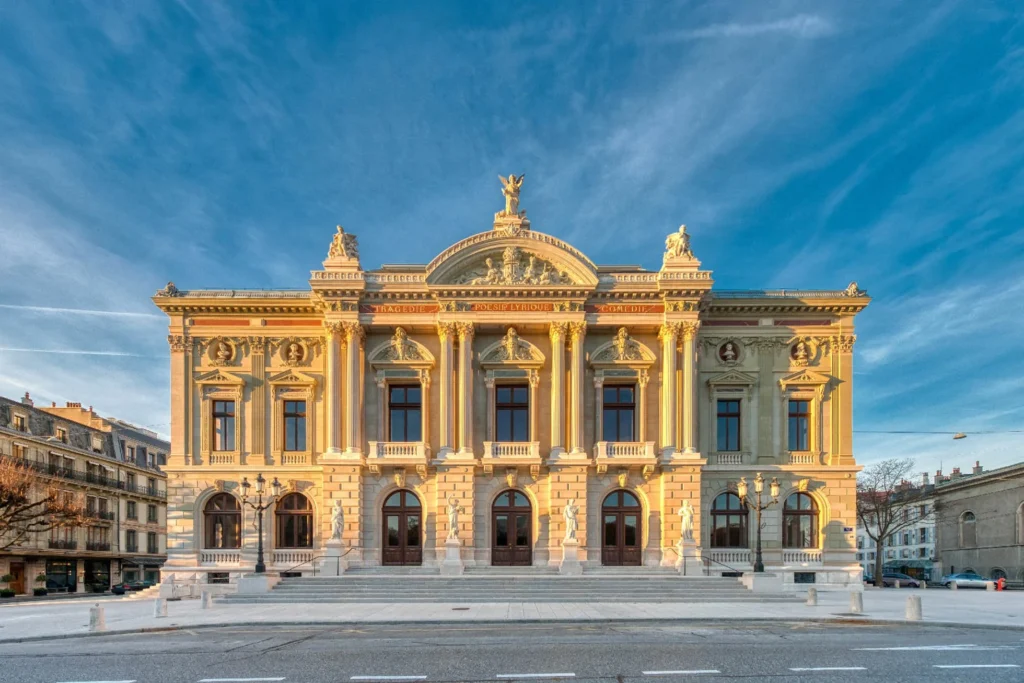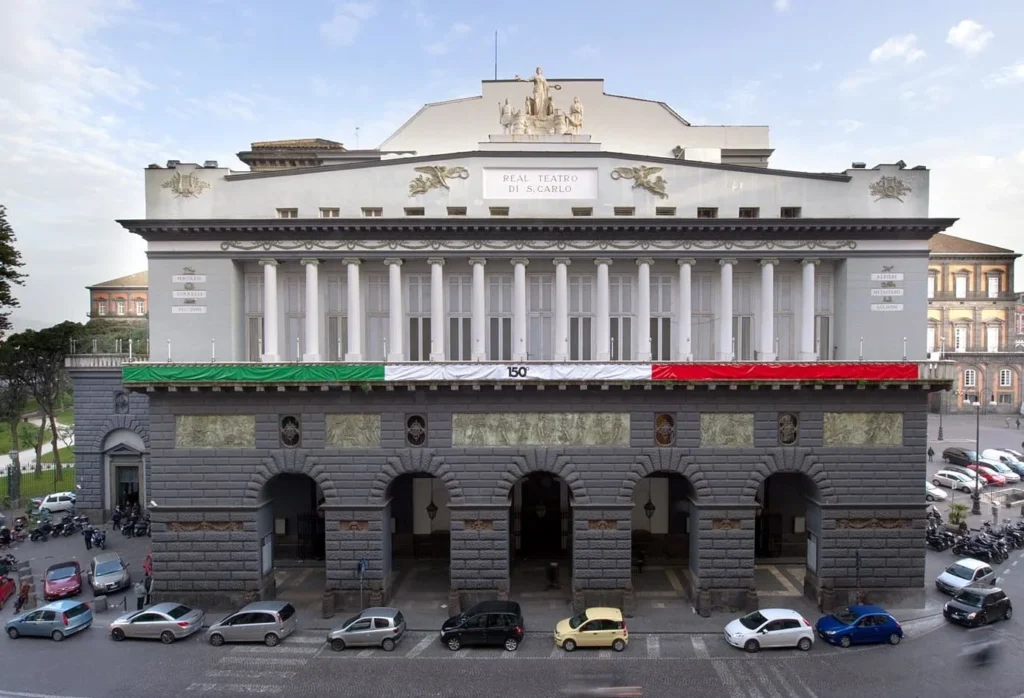Europe, known for its rich cultural heritage and artistic traditions, is home to some of the grandest theaters in the world. These magnificent buildings not only showcase the continent’s passion for the performing arts but also serve as iconic landmarks of architectural brilliance. Among them, three stand out for their sheer size and historical significance: The Grand Théâtre de Genève in Switzerland, the Teatro di San Carlo in Italy, and the Palais Garnier in France. Let’s embark on a journey to discover what makes these theaters extraordinary.
1. Grand Théâtre de Genève (Geneva, Switzerland)
The Grand Théâtre de Genève, often hailed as Switzerland’s cultural gem, is the largest opera house in the country and one of the biggest in Europe. Opened in 1879, this stunning venue has been a center for both classical and modern performances. The theater’s architectural beauty is matched only by its spacious interior, which can hold up to 1,500 spectators.

What sets this theater apart is its luxurious and meticulously designed theater seating, offering comfort without compromising on the elegance that defines European opera houses. From world-renowned operas to ballet performances, the Grand Théâtre de Genève continues to captivate audiences with its grandeur and acoustics that allow even the faintest note to resonate beautifully throughout the space.
2. Teatro di San Carlo (Naples, Italy)
Italy’s Teatro di San Carlo, opened in 1737, holds the title of the oldest continuously active opera house in Europe. Located in Naples, this grand theater can seat over 1,300 people and is often considered one of the finest examples of Baroque architecture. Its opulent red and gold decor, combined with remarkable acoustics, makes it a favorite destination for opera and classical music lovers.

The impressive theater chair design adds a touch of old-world charm, providing a luxurious experience to the audience. The Teatro di San Carlo has hosted some of the greatest composers and performers of the classical world, making it a living museum of European cultural history. Whether it’s an opera, a ballet, or a classical concert, the magic of the performances here is amplified by the rich history that surrounds the venue.
3. Palais Garnier (Paris, France)
The Palais Garnier in Paris is undoubtedly one of the most famous and grandest theaters in Europe. Often referred to as the Paris Opera House, this architectural masterpiece was completed in 1875 and has a seating capacity of nearly 2,000. Its opulent design, featuring marble columns, chandeliers, and an intricate ceiling painted by Marc Chagall, leaves visitors in awe before the performance even begins.

What makes Palais Garnier unique is its perfect blend of luxury and functionality. Its theater seating is designed to give every guest an impeccable view of the stage, ensuring that each person can fully immerse themselves in the performance. From operas to ballets, the Palais Garnier has hosted countless historic performances, and to this day, it remains a symbol of Parisian culture and elegance.
Conclusion
Europe’s largest theaters are not just venues for performances; they are cultural landmarks that embody centuries of artistic achievement. The Grand Théâtre de Genève, Teatro di San Carlo, and Palais Garnier are extraordinary places where architecture, history, and art come together to create an unforgettable experience. Whether you’re a theater enthusiast or simply someone who appreciates grand design, visiting these venues is a must for anyone eager to experience the heart of European culture.